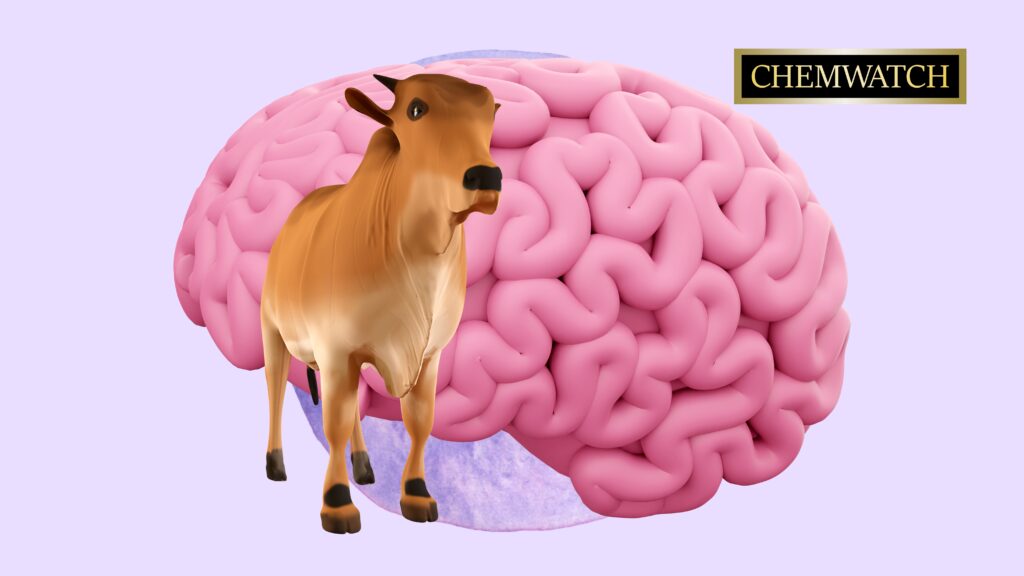
Mad Cow Disease—scientifically known as Bovine Spongiform Encephalopathy (BSE)—is a highly publicised and concerning neurological disorder that affects cattle. This disease gained international attention in the 1980s and 1990s due to its potential transmission to humans, causing a variant of Creutzfeldt-Jakob Disease (vCJD). Read on as we will delve into the intricacies of Mad Cow Disease, exploring its causes, symptoms, transmission, and the measures taken to prevent its spread. Understanding this disease is essential for safeguarding both animal and human health.

Mad Cow Disease is a degenerative neurological disorder that primarily affects cattle. It is caused by an abnormal form of a protein called a prion. These prions cause normal proteins in the brain to become misfolded, leading to the accumulation of abnormal proteins and the destruction of nerve cells (Wells, 2020).
The exact cause of Mad Cow Disease is still under scientific investigation, however, it is believed to be related to the consumption of feed contaminated with infected animal tissues, particularly brain and spinal cord matter. Transmission can occur through contaminated feed given to cattle or through vertical transmission from an infected cow to its offspring (USDA, 2021).
Mad Cow Disease progresses slowly and can take several years to manifest noticeable symptoms. Common symptoms in affected cattle include changes in behaviour, coordination difficulties, weight loss, and a decline in milk production. Diagnosis is primarily based on clinical signs, followed by laboratory tests to confirm the presence of abnormal prion proteins (Wells, 2020).
One of the most significant concerns associated with Mad Cow Disease is its potential transmission to humans, resulting in variant Creutzfeldt-Jakob Disease (vCJD). Although extremely rare, vCJD is a fatal neurological condition that affects the brain, causing progressive deterioration of mental and physical functions. To date, a few hundred cases of vCJD have been reported worldwide (CDC, 2021).

To mitigate the spread of Mad Cow Disease, stringent control measures have been implemented in many countries. These measures include bans on certain animal tissues in animal feed, strict surveillance and testing programs, and the removal and destruction of high-risk tissues from slaughtered animals (USDA, 2021). Mad Cow Disease remains a significant concern in the realm of animal and human health. While the disease primarily affects cattle, the potential for transmission to humans has prompted global efforts to prevent its spread. Understanding the causes, symptoms, and prevention measures associated with Mad Cow Disease is crucial for safeguarding both animal welfare and public health. Through ongoing research, surveillance, and stringent control measures, we can work towards mitigating the risks associated with this neurological disorder to ensure the well-being of both our livestock and ourselves.
If you want to know more about chemical safety, logistics, or regulations, we are here to help. At Chemwatch, we have a range of experts spanning all chemical management fields, from placarding for transport to Risk Assessment to chemical storage, eLearning, and more. Contact us today to find out more.
Sources